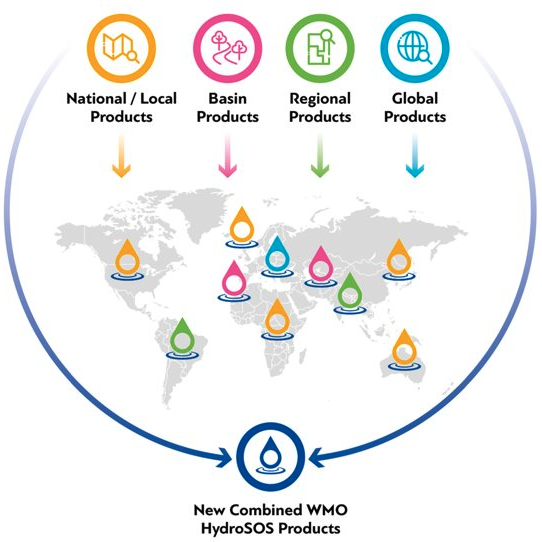Countries: Bangladesh and Nepal
Thematic Focal Area: Disaster risk reduction and early warning
Implementing Entity: World Meteorological Organization
Amount of Financing Requested: 12,000,000 (in U.S Dollar Equivalent)
Bangladesh and Nepal cover a major portion of the Ganga Brahmaputra Meghna (GBM) River Basin that spreads over 1.7 million sq. km. This targeted region with a population of more than 500 million is one of the most populated river basins across the world. Both Bangladesh and Nepal face increasing climate change related events impacting its socio-economic and ecological context including water resources management.
The proposed project seeks to increase the climate adaptive capacities and resilience of beneficiary communities to hydro-climatic risks. Furthermore, it will enhance local, national, and regional adaptation strategies and implementation mechanisms based on an approach of integrated monitoring and management of water resources. Floods and drought being common feature in the two countries, the project envisages strengthening capacities of the National Meteorological and Hydrological Services (NMHSs) through an innovative, robust and tailored Regional Hydro-Meteorological Early Warning System (providing short term and seasonal status) embedded into a Long-term Integrated Water Resource Information System with concrete adaptation actions developed through participatory process and executed in an integrated manner.


The HydroSOS BaNe project is aligned with the Adaptation Fund objective to “reduce vulnerability and increase adaptive capacity of communities to respond to the impacts of climate change at local, national and regional level” and also it will support the United Nation Early Warning System for All initiative which is led by the World Meteorological Organization with other international partners to cover everyone on the planet (Bangladesh and Nepal are part of first 30 priority countries) with the Early Warning system in the next five years.

The World Meteorological Organization (WMO), as Implementing and Executing Entity, will be involved for supervision and execution at several levels during the implementation of the project activities, allowing to benefit from its international as well regional presence. At the national level, NMHSs as the Executing Entities, will fulfil the execution, coordination and relationships with the institutions and stakeholders at the local and national levels. One of the inter-governmental regional entities will be the focal point for hosting the HydroSOS EWS including data sharing coordination and links with the national structures.
